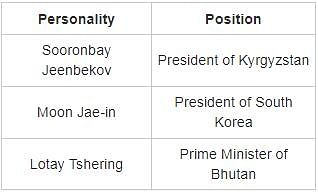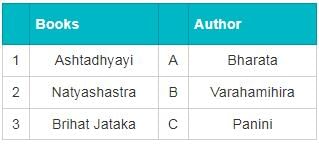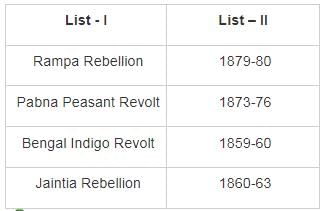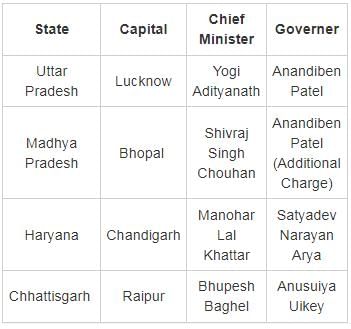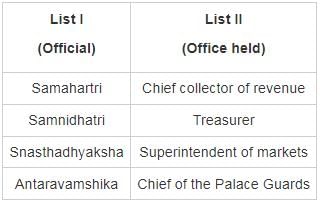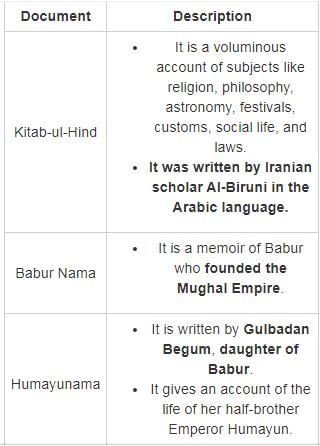UPPSC GS I Practice Test - 11 (Old Pattern) - UPPSC (UP) MCQ
30 Questions MCQ Test UPPSC Mock Test Series 2025 - UPPSC GS I Practice Test - 11 (Old Pattern)
Among the following, which is the first woman set to fly a Rafale fighter jet in India?
Which of the following is/are correct about GST (Good and Services Tax)?
1. It is a destination-based tax.
2. Quorum of the GST Council should be 50%.
With respect to the Prime Minister of India, which among the following statements is incorrect?
Right to Livelihood as part of the Right to Life was established in
What is the reason that Naval Revolution was held on 1946, Feb 18th at Bombay?
Bhoksa tribe is found in which district of Uttar Pradesh?
India's 'National Sports Day' coincides with the birthday of which sportsperson?
The 1st-ever export-bound new modified goods rake was flagged off from Hosur Railway station to which country?
Which of the following personalities is not matched with the position they are holding?
Which of the following cities of India is known as the "Silicon Valley of India"?
Who among the following is the only Indian shuttler to have won a Summer Olympics silver medal?
Consider the following pairs:
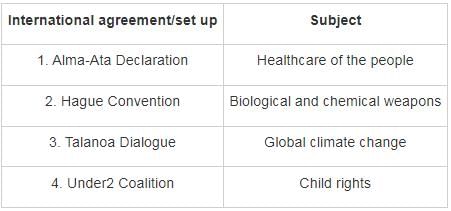
Which of the pairs given above is/are correctly matched?
As per the results of ‘Swachh Sarvekshan 2020’, announced by the Ministry of Housing and Urban Affairs on 20th August 2020, which is the cleanest city in Uttar Pradesh?
Who among the following was associated with Vaisheshika School of Philosophy?
With reference to the Desai-Liaqat pact, consider the following statements:
1. It was a result of the failure of the Wavell plan.
2. It proposed for the representation of minorities in the Interim government at the center.
Which of the statements given above is/are correct?
In September 2020, where did Food Processing Industries Minister Harsimrat Kaur Badal inaugurate the Organic Food Processing Unit through a video conference?
Which of the following statements regarding the Bardoli resolution of 1922 is correct?
Which of the following forms of agitation were associated with the Civil Disobedience Movement?
1. No revenue campaign by zamindars against the government.
2. No-rent campaign by the tenants against zamindars.
3. No-chowkidar tax campaign in eastern India.
4. Defying forest laws in central provinces.
Select the correct answer using the code given below.
Which one of the following statements about Cripps Mission is NOT correct?
Match the List - I with List-II and select the correct answer from the codes given below
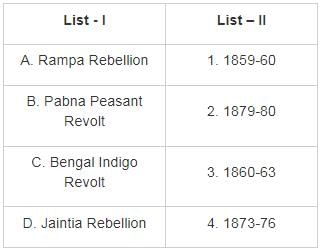
Recently, which state government decided to constitute a Special Security Force (SSF) in his state?
With reference to Mughal India, what is/are the difference/differences between Jagirdar and Zamindar?
1. Jagirdars were holders of land assignments in lieu of judicial and police duties, whereas Zamindars were holders of revenue rights without obligation to perform any duty other than revenue collection.
2. Land assignments to Jagirdars were hereditary, and revenue rights of Zamindars were not hereditary.
Select the correct answer using the code given below:
Match List I with List-II and select the correct answer using the code given below the Lists :
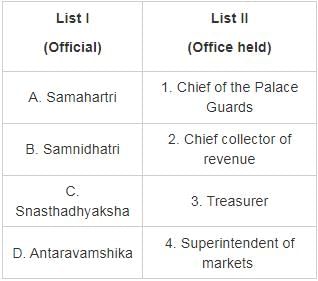
Which chronicles and documents from the Mughal court are the major sources for the agrarian history of the sixteenth and early seventeenth century?
With reference to the United Nations’ Sustainable Development Goals, which of the following is SDG 10?
Which of the following district of Uttar Pradesh is selected for opening Carpet Market?
Match List I with List-II and select the correct answer using the code given below the Lists:
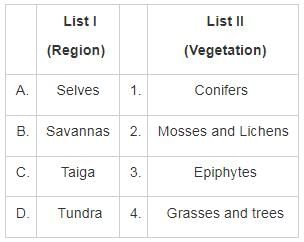
The Zoji La Pass is in which mountain range?
|
2 docs|37 tests
|



